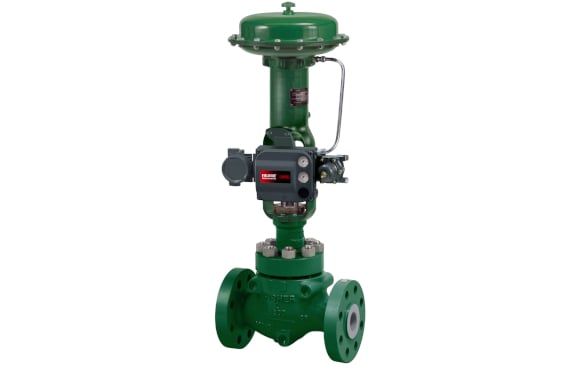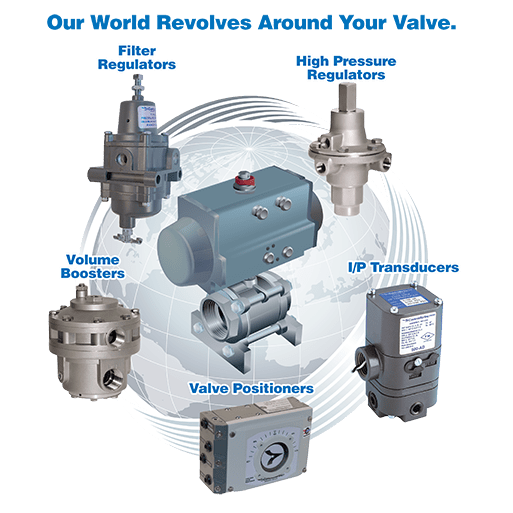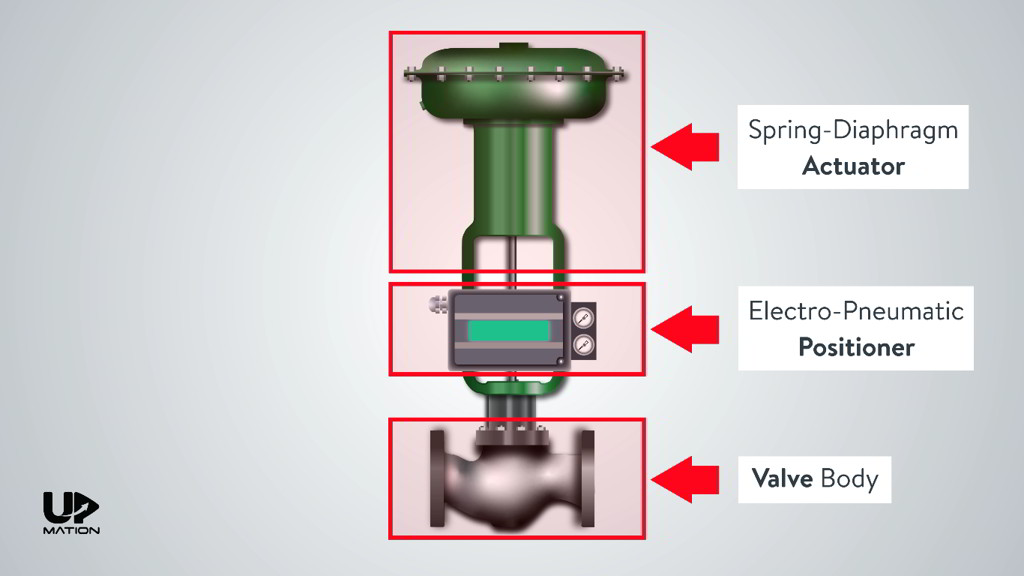Reliable Control Valves: Secret Components for Reliable System Administration
Reliable Control Valves: Secret Components for Reliable System Administration
Blog Article
Achieve Seamless Integration and Control With Quality Structure Automation Controls
In the realm of contemporary structure monitoring, the relevance of high quality building automation controls can not be overstated. As technology remains to development, the integration and control of various systems within a structure have evolved to be a lot more reliable and advanced. The smooth operation and monitoring of illumination, COOLING AND HEATING, safety and security, and other structure features have actually ended up being paramount for enhancing resident comfort, energy effectiveness, and overall functional effectiveness. The trip towards achieving real combination and control is a diverse one, with considerations varying from system compatibility to cybersecurity. Embracing top quality building automation controls is not merely an issue of benefit but a critical necessary for companies intending to maximize their facilities' performance and sustainability.

Development of Structure Automation Controls
Throughout the previous couple of decades, the development of developing automation controls has actually significantly changed the method structures are handled and run. Building automation systems largely concentrated on standard functions such as controlling air flow, heating, and air conditioning (HEATING AND COOLING) systems. As technology progressed, these controls have ended up being more innovative, allowing for a bigger range of structure systems to be incorporated and handled centrally.
The development of developing automation controls has seen a change in the direction of even more smart systems that can adapt to changing conditions in real-time. This adaptability is critical for enhancing power performance and making certain passenger convenience. Furthermore, contemporary structure automation controls currently supply attributes such as anticipating upkeep, remote monitoring, and information analytics, allowing facility supervisors to make data-driven decisions to enhance structure performance.

Advantages of Quality Combination
The improvement in structure automation regulates in the direction of even more smart systems has actually underscored the substantial benefits of high quality combination in maximizing building operations and improving total efficiency. This central control additionally provides much better exposure and understandings into structure performance, allowing proactive maintenance and optimization methods. In general, the benefits of high quality integration in building automation controls are indisputable, using raised efficiency, convenience, and functional performance.
Enhanced User Experience and Access
Enhancing user interaction with structure automation manages through intuitive design and enhanced ease of access raises the general experience for owners and center managers alike. By concentrating on individual experience, constructing automation systems can become much more straightforward and effective. Instinctive user interfaces, clear navigation, and customizable setups equip customers to communicate with the controls conveniently and successfully.
Access attributes play a crucial duty in making sure that all individuals, including those with disabilities, can make use of the structure automation regulates with simplicity. Incorporating features such as voice commands, responsive buttons, and color-contrasted displays can boost ease of access and make the controls much more comprehensive.
Additionally, improved customer experience causes higher customer contentment, enhanced productivity, and far better decision-making. Residents can adjust ecological setups according to their choices, while center supervisors can successfully take care of and keep an eye on building systems - control valves. In general, focusing on i thought about this individual experience and access in building automation controls adds to a much more seamless and effective building setting for all stakeholders entailed
Sustainable Practices Through Automation

In addition, automation can help with the assimilation of renewable resource sources such as solar panels or wind generators right into structure operations. By automatically changing energy usage based upon the availability of renewable resource, buildings can better decrease their reliance on non-renewable sources. This smooth integration of sustainable methods not just profits the environment however additionally boosts the overall operational performance and cost-effectiveness of the structure. Through automation, buildings can straighten with modern sustainability objectives and contribute to a greener future.
Future Trends in Structure Control Systems
One famous trend shaping the future of structure control systems is the boosted integration of Artificial Knowledge (AI) and maker understanding. Furthermore, the their website Net of Things (IoT) is revolutionizing structure control systems by attaching devices and sensing units to improve and improve procedures effectiveness.
One more vital pattern is the focus on cybersecurity steps to secure versus prospective dangers to building automation systems. As structures become more interconnected, making certain robust cybersecurity methods will certainly be necessary to secure delicate information and stop unapproved access.
Additionally, the shift towards cloud-based systems is getting momentum, enabling for systematized control and remote accessibility to building systems. This helps with less complicated monitoring, maintenance, and updates, improving the general efficiency and adaptability of building control systems. As innovation continues to breakthrough, these trends are expected to shape the future landscape of building automation controls, driving advancement and sustainability in the constructed atmosphere.
Final Thought
Future trends in structure control systems are likely to focus on more boosting automation abilities for enhanced energy efficiency and total efficiency. It is necessary for building proprietors and drivers to prioritize the fostering of high quality building automation controls to maximize building procedures and accomplish long-term sustainability objectives.
In the realm of modern structure administration, the importance of top quality Visit Website building automation controls can not be overemphasized. Generally, the evolution of structure automation manages continues to drive technology in the structure administration sector, using new opportunities for developing smarter and much more lasting structures.
The innovation in building automation regulates towards even more smart systems has emphasized the significant advantages of quality assimilation in enhancing structure operations and boosting total efficiency. Overall, prioritizing customer experience and accessibility in building automation regulates contributes to an extra effective and smooth structure atmosphere for all stakeholders included.
It is essential for building proprietors and drivers to focus on the adoption of high quality structure automation regulates to optimize building procedures and attain long-term sustainability goals. - control valves
Report this page